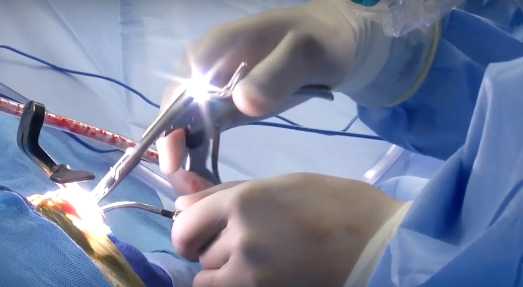From the desk of Lewis S. Blevins Jr., MD – Endoscopic transsphenoidal surgery for pituitary disorders seems to be a hot topic these days. Some patients travel great distances to have the procedure performed because it is perceived as the newest and best approach to treating pituitary tumors.
Many neurosurgeons have adopted the endoscopic approach and, for some, it is the only procedure they perform on patients with pituitary adenomas. While the procedure probably enables better visualization of some pituitary lesions, it is not “less invasive” than the traditional endonasal microscopic approach to transsphenoidal surgery. In fact, it is more invasive and there is more “destruction” of normal anatomy during a transsphenoidal procedure.
At the California Center for Pituitary Disorders at the University of California San Francisco, we recognize this and utilize endoscopic surgery sparingly and only when absolutely necessary. For example, microadenomas are probably best treated using the endonasal microscopic approach because endoscopic surgery would be “too much.” It is reasonable to use the endoscopic approach for larger more complex and skull-based invasive tumors.
We’ll have more on this debate about the preferred surgical approach at a later date. For now, however, take a look at the attached article. It is clear, as we see in our very own practice, that the endoscopic approach is associated with far more complications of the surgery, and greater expense of overall care, than is the traditional endonasal microscopic approach. As always, we recommend finding the very best surgeon to resect your tumor and that you have the most appropriate surgical approach for the size, type, and growth pattern of your particular tumor.
Editors note: We have published a link to the abstract and requested permission from Oxford Academic Press to publish the entire article. We will inform our readership when we receive a response. In the meantime, please drop us a line if you’d like a copy. This is another link to the abstract
© 2017 – 2022, Pituitary World News. All rights reserved.
